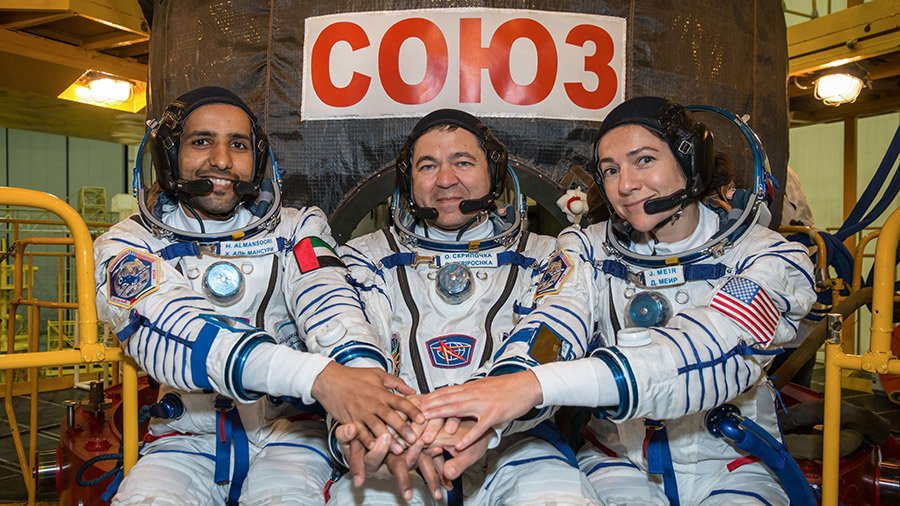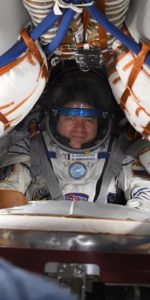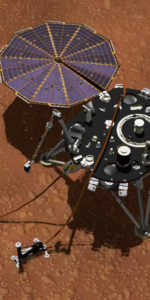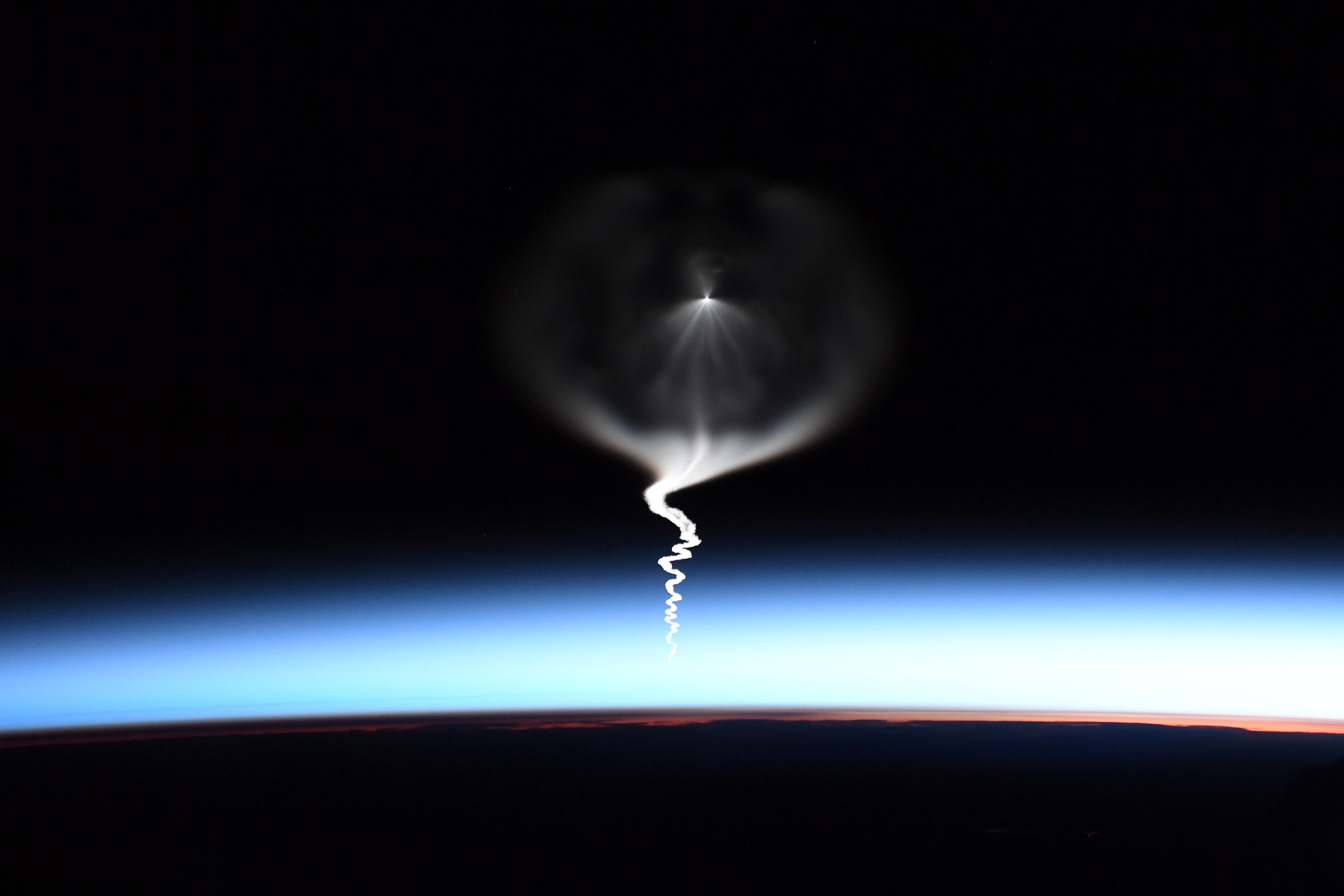
In a relatively rare occurrence since the retirement of the Space Shuttle fleet in mid-2011, nine individuals will celebrate together tonight aboard the International Space Station (ISS), following Wednesday’s launch and arrival of Soyuz MS-15 crew members Oleg Skripochka, Jessica Meir and Hazza al-Mansouri. The trio launched from Site 1/5 at Baikonur Cosmodrome at 6:57 p.m. local time (9:57 a.m. EDT) and followed a smooth six-hour and four-orbit “fast rendezvous” to reach the station. Under the expert control of Skripochka, Soyuz MS-15 docked at the aft longitudinal port of the Zvezda module at 3:42 p.m. EDT. And after customary pressurization and leak checks, hatches into the orbital complex were opened at 6:12 p.m. EDT.
During the shuttle era, of course—with six or seven astronauts on each flight, in addition to an incumbent ISS crew of three to six people—larger combined groups were frequently seen aboard the multi-national orbital outpost. But since the wheels of orbiter Atlantis kissed the runway at the Kennedy Space Center (KSC) in Florida, more than eight years ago, the station’s resident crews have rarely risen above six. In fact, the only exceptions came during a pair of “direct handovers” in November 2013 and September 2015, both of which occurred in response to operational ISS requirements.
In the former instance, the November 2013 direct handover was conducted in order that an Olympic relay torch to be carried in the 2014 Sochi Games could be transported to orbit, taken outside on a ceremonial Extravehicular Activity (EVA) and returned to Earth in relatively short order. And in September 2015, a direct handover was performed to provide up-and-down seats for two short-duration crew members—Denmark’s Andreas Mogensen and Kazakh cosmonaut Aidyn Aimbetov—and to allow for the arrival of a fresh commander to join ISS long-duration crewmen Scott Kelly and Mikhail Kornienko for the second half of their year in space. Today, in a not dissimilar fashion, Soyuz MS-15’s crew includes al-Mansouri as the first citizen-astronaut of the United Arab Emirates (UAE), who will fly a short mission of eight days, returning to Earth on 3 October.
As outlined in AmericaSpace’s Soyuz MS-15 preview feature, al-Mansouri’s flight has resulted in some significant juggling of ISS crew logistics. Since he requires a Soyuz seat to the station and back home, it was announced in April 2019 that U.S. astronaut Christina Koch—launched aboard Soyuz MS-12 in March—would relinquish her return seat in early October and remain aboard the station through February 2020. Al-Mansouri will thus return to Earth shoulder to shoulder with Soyuz MS-12 crewmen Alexei Ovchinin and Nick Hague. When Koch returns home early next year, she will snag the third seat aboard Soyuz MS-13, joining Aleksandr Skvortsov and Luca Parmitano, who were launched last July. And their former crewmate Drew Morgan will also fly an extended mission, with an expectation that he will return to Earth with Skripochka and Meir in late March 2020.
Skripochka, Meir and al-Mansouri, together with their backup crew of seasoned Russian cosmonaut Sergei Ryzhikov, NASA veteran Tom Marshburn and UAE citizen-astronaut Sultan al-Neyadi, arrived at the launch site at Baikonur in Kazakhstan earlier in September. They participated in final suited fit-checks of Soyuz MS-15 and completed other traditional observances, including raising U.S., Russian, UAE and Kazakh national flags and planting trees in the ceremonial Avenue of Cosmonauts. Both crews were awakened early Wednesday morning, about 8.5 hours prior to the scheduled 6:57 p.m. local time (9:57 a.m. EDT) launch. They showered and were disinfected, before submitting to microbial sampling in support of the ISS research experiments, before proceeding to Baikonur’s Site 254 to begin the process of donning their Sokol (“Falcon”) launch and entry suits.
This provided the crew a final opportunity to see friends and family, albeit from behind glass screens. They were then bussed out to Site 1/5 to board Soyuz MS-15, atop the 162.4-foot-tall (49.5-meter) Soyuz-FG booster, which is expected to be the last of this old-style variant of the rocket to be used for a crewed launch. From the Soyuz MS-16 mission in March 2020, the new-style Soyuz-2.1a booster will enter service, bringing with it an improved flight control and telemetry infrastructure. First flown in May 2001 on an ISS logistics mission, the Soyuz-FG has supported 70 launches—including today’s mission of Skripochka, Meir and al-Mansouri—with a single failure; last October’s in-flight abort of Soyuz MS-10.
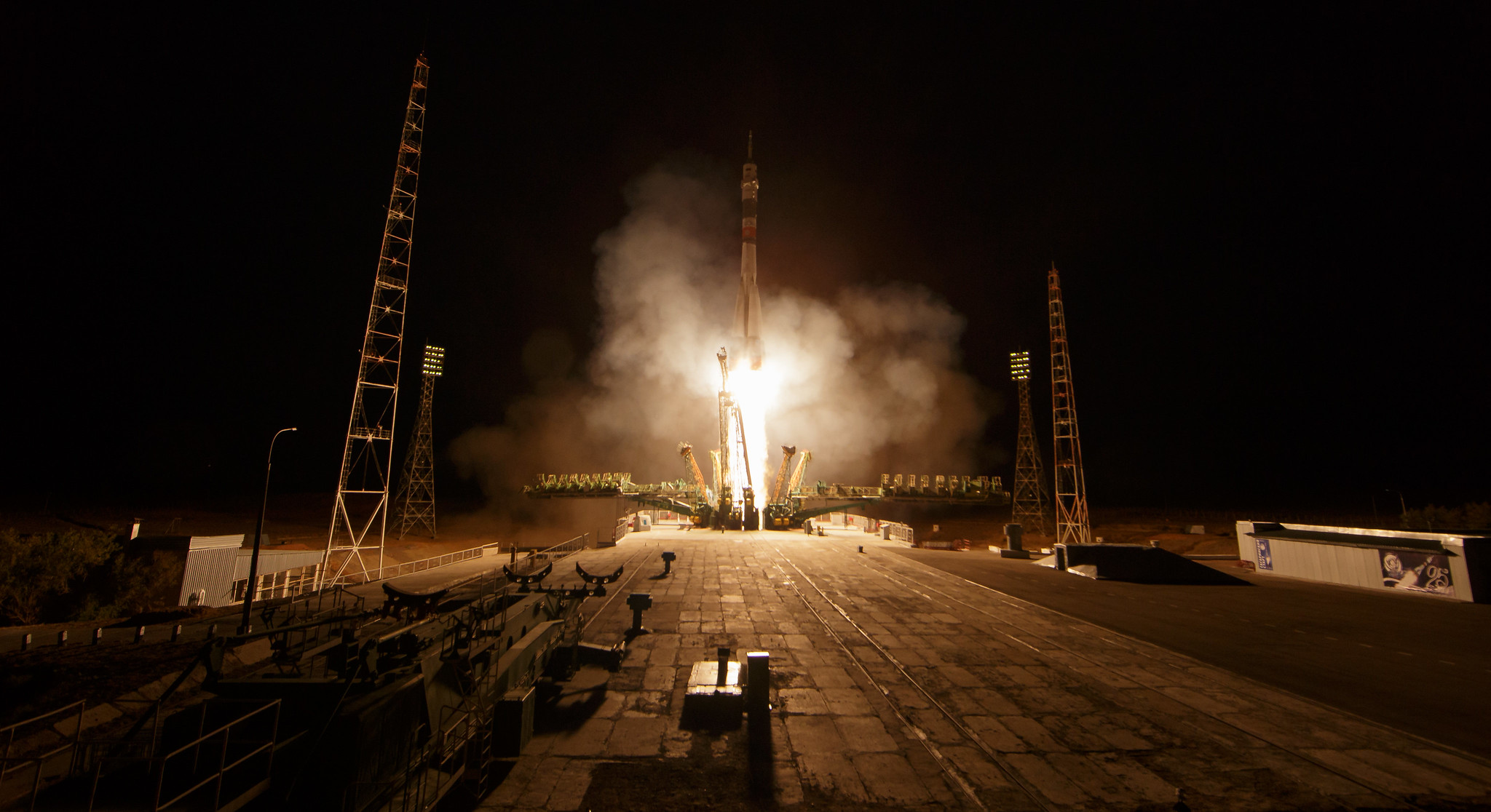
Launch occurred on time at 6:57 p.m. local time (9:57 a.m. EDT) and the Soyuz-FG performed to perfection on its final piloted launch, delivering 930,000 pounds (422,000 kg) of propulsive yield from its single RD-108 first-stage engine and the RD-107 engines of its four tapering, strap-on boosters. Two minutes into ascent, the strap-on boosters were jettisoned, by which time Skripochka, Meir and al-Mansouri were already traveling in excess of 1,100 mph (1,770 km/h). The RD-108 finally burned out a little under five minutes after liftoff, at an altitude of 105.6 miles (170 km), whereupon the third stage ignited and its single RD-0110 engine pushed the crew to a velocity in excess of 13,420 mph (21,600 km/h). By the time it shut down at eight minutes and 43 seconds, the crew had achieved a preliminary orbit, with an apogee of 143 miles (230 km) and a perigee of 118 miles (190 km), inclined 51.66 degrees to the equator.
Six hours after launch, Skripochka guided Soyuz MS-15 to a smooth docking at the aft longitudinal port of the station’s Zvezda module, making his ship the third Soyuz currently docked to the orbital outpost. Following pressurization and leak checks, the hatches were opened and the new arrivals were welcomed by the incumbent crew of NASA astronauts Nick Hague, Christina Koch and Drew Morgan, European Space Agency (ESA) veteran Luca Parmitano of Italy, Russian cosmonaut Aleksandr Skvortsov and Expedition 60 Commander Alexei Ovchinin.
On 3 October, Ovchinin, Hague and al-Mansouri will depart the station aboard Soyuz MS-12 and return to Earth, leaving Parmitano in command of Expedition 61. Ovchinin and Hague will wrap up a 203-day mission, whilst al-Mansouri will log a few hours shy of eight full days in orbit.
Looking ahead, Expedition 61 under Parmitano’s command—which is due to last until early February 2020—promises to be a busy time for ISS operations, with several sessions of Extravehicular Activity (EVA) expected to perform a repair of the degraded Tracker Thermal Control System (TTCS) on the Alpha Magnetic Spectrometer (AMS)-2. Launched by the crew of shuttle mission STS-134 in May 2011 and affixed to the S-3 truss, AMS-2 has provided significant insights into the existence of antimatter in cosmic rays and the ongoing search for dark matter in the Universe. Since AMS-2 was never designed to be serviceable on-orbit, specialized tools have been developed, including handrails, vise grips, capture tools and a handling aid for successfully removing the spectrometer’s debris shield. According to NASA’s Dan Huot, many of these tools arrived aboard SpaceX’s CRS-18 Dragon in July, with several more due to follow on Northrop Grumman’s NG-12 Cygnus in late October.
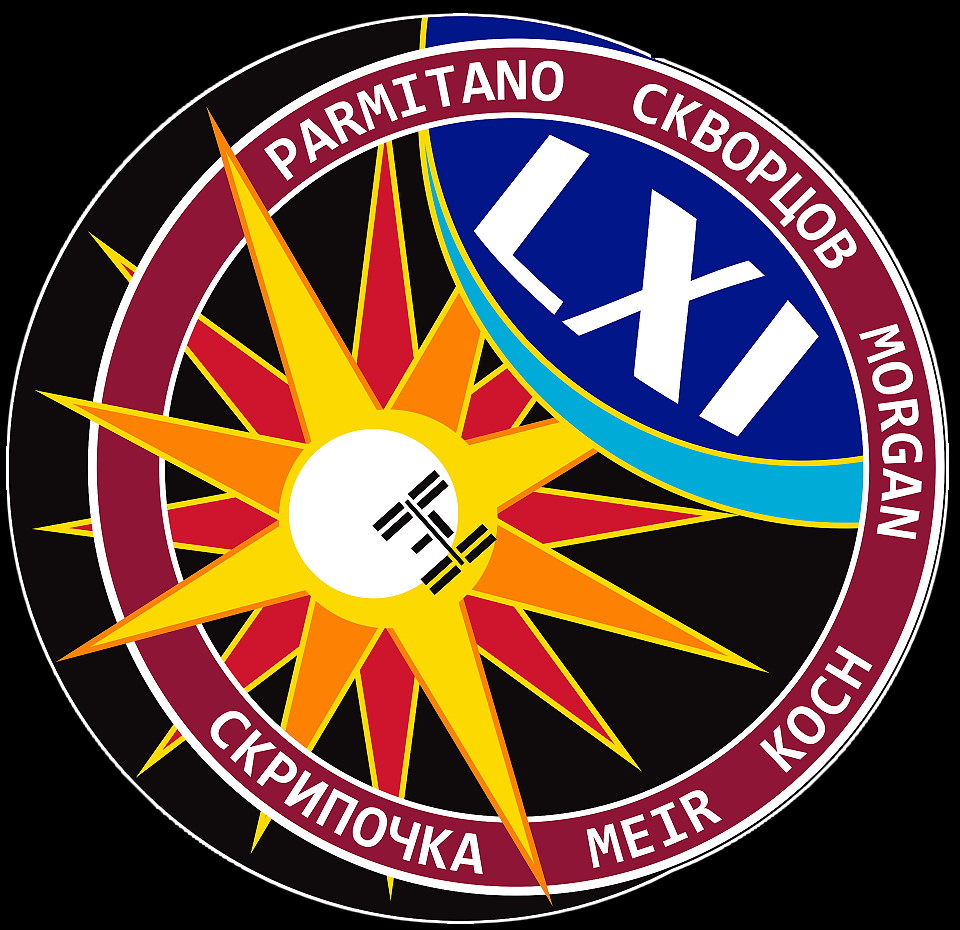
Several visiting vehicles will arrive and depart during Skripochka and Meir’s long expedition. Notably, Japan’s H-II Transfer Vehicle (HTV)-8—launched on 24 September—is slated to arrive at the Earth-facing (or “nadir”) port of the Harmony node this coming Saturday; among its cargo is a new set of six lithium-ion batteries to replace the aging nickel-hydrogen units in the ISS electrical power system. These will be installed into the station’s P-6 truss during a pair of EVAs “scheduled to begin around 6 October”, according to NASA’s Rob Navias.
Following HTV-8, Northrop Grumman’s NG-12 Cygnus is due to arrive in late October, bearing among its cargo EVA tools for the AMS-2 repair, together with the long-awaited maiden test-flight of Boeing’s CST-100 Starliner. Flying without crew on this first mission, the success of this weeklong flight will prove pivotal in establishing whether NASA can press ahead with plans to send astronauts Chris Ferguson, Mike Fincke and Nicole Mann on a long-duration ISS mission as soon as late December.
In fact, the final month of 2019 is shaping up to be an extremely busy one, with SpaceX’s CRS-19 Dragon expected to launch in the first week and its first piloted Crew Dragon—carrying veteran astronauts Doug Hurley and Bob Behnken—primed to fly around the Christmas/New Year timeframe. The CRS-20 Dragon, which represents the final mission under the original, modified CRS1 contract, will also fly early in 2020.
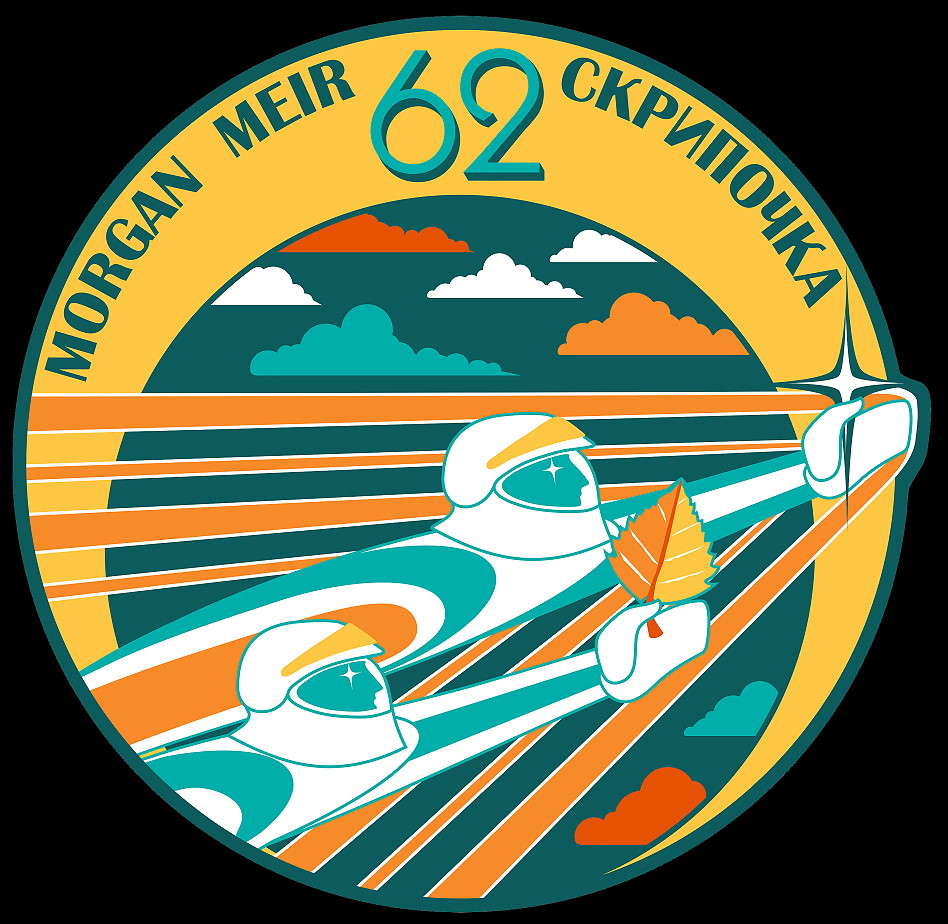
The departure of Parmitano, Koch and Skvortsov aboard Soyuz MS-13 in early February 2020 will leave Skripochka, Meir and Morgan as the core of Expedition 62, accompanied—it can be hoped—by Ferguson, Fincke and Mann. Although this will nominally give the ISS a six-person increment, it will be a decidedly unusual crew configuration: for Ferguson is technically a Boeing astronaut, not a NASA one, and with five Americans and a single Russian cosmonaut, this line-up will be more significantly skewed in favor of one of the International Partners (IPs) than at any point in ISS history. On 20 March, Expedition 62 will be temporarily boosted to nine people, in yet another “direct handover”, when Soyuz MS-16 arrives with Russian cosmonauts Nikolai Tikhonov and Andrei Babkin, together with seasoned Japanese spacefarer Akihiko Hoshide.
When Soyuz MS-15 finally departs on 30 March, bringing Skripochka and Meir back to Earth after 187 days, and wrapping up 254 days aloft for Morgan, it is expected that Hoshide will rotate into the command of Expedition 63. NASA’s Rob Navias previously advised AmericaSpace that none of the crew members of the early Commercial Crew flights will serve as ISS Expedition Commanders; although the agency has remained tight-lipped about the exact designations, it can be assumed that Ferguson, Fincke and Mann will remain Flight Engineers throughout their six months on orbit.
.
.
FOLLOW AmericaSpace on Facebook and Twitter!
.
.




